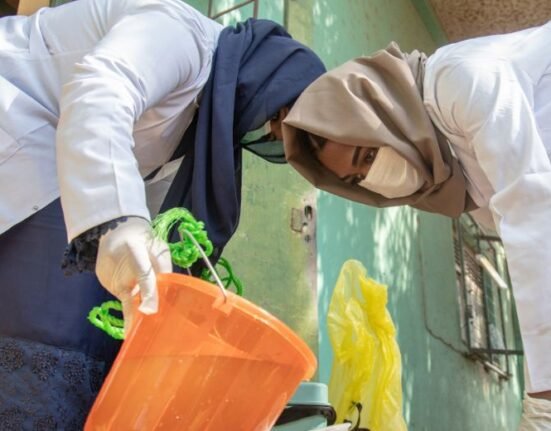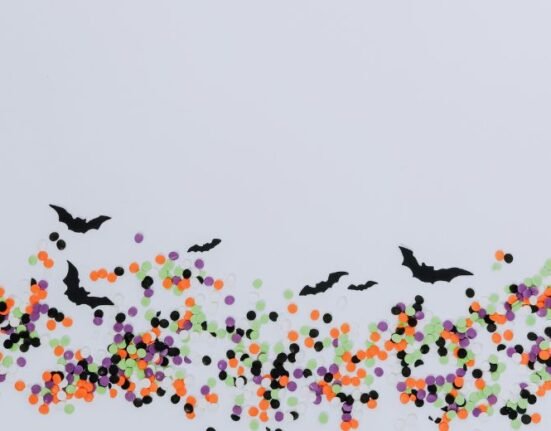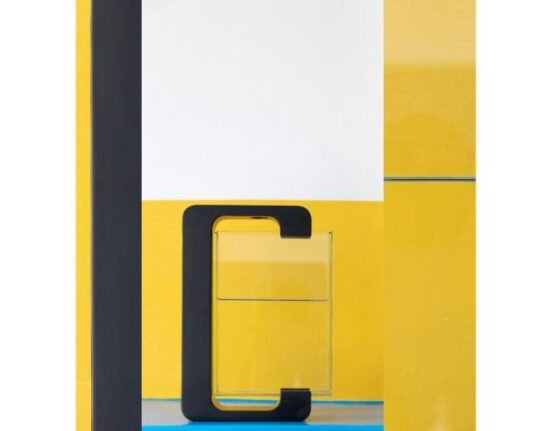HQ Team
November 4, 2022: Disease outbreaks and climate-related health emergencies have reached their highest-ever level this century in the Horn of Africa, according to the WHO.
The outbreaks have deepened a health crisis in a region where 47 million people are already facing acute hunger, according to an emailed statement.
Most parts of the region are battling the worst drought in at least 40 years, with an unprecedented fifth rainy season failure now anticipated, while other parts face flooding and conflict.
“Climate change is impacting here and now on the health of Africans in the greater Horn of Africa,” said Matshidiso Moeti, WHO Regional Director for Africa.
Food, water search
“The failure of four consecutive rainy seasons has scorched the earth and pushed people out of their homes in search of food and water,” she said.
The Horn of Africa, known as the Somali Peninsula, is in East Africa. It is the fourth-largest peninsula in the world.
“It is critical that world leaders agree on stemming the rise in temperatures at the 27th United Nations Climate Change conference (COP27), which is very appropriately taking place in Africa.
“As a continent, we are the least responsible for global warming, but among the first to experience its tragic impact,” Moeti, the first woman to be elected as WHO Regional Director for Africa, said.
39 outbreaks
A WHO study of the seven countries in the greater Horn of Africa – Djibouti, Ethiopia, Kenya, Somalia, South Sudan, Sudan and Uganda – recorded 39 outbreaks, flooding and other acute public health events between January 1 and October 30 2022.
Outbreaks of anthrax, measles, cholera, yellow fever, chikungunya, meningitis, and other infectious diseases account for more than 80% of the acute public health events reported, with drought, flooding and other disasters accounting for 18%.
“Between malnutrition and death, there is often disease. The dire conditions in the greater Horn of Africa are a perfect storm for outbreaks, which, unless we act quickly, will flare up with increasing intensity,” Moeti said.
“To mount an effective emergency response to the crisis on our doorstep, we need US$124 million, but we have only received 34% of our request up to now,” she said.
Sudan floods
Drought is not the only extreme weather event the region is fighting. South Sudan is experiencing its fourth consecutive year of flooding, with 40% of the country under water.
Food insecurity, resulting from flooding and drought, conflict, the fallout from the COVID-19 pandemic, and high food and fuel prices, has forced people to flee their homes. The region now has 4.5 million refugees, asylum seekers, and 12.7 million internally displaced people.
The displacement of people often means they will miss out on the healthcare they need, including preventive care.
WHO mobilized more than US$7 million in supplies and equipment for the greater Horn of Africa, including US$3 million in kits for severe malnutrition or diseases such as cholera and measles.
“WHO urgently needs partners to come together to support the food insecurity response in the region,” said Egmond Evers, acting Incident Manager of WHO greater Horn of Africa response.








